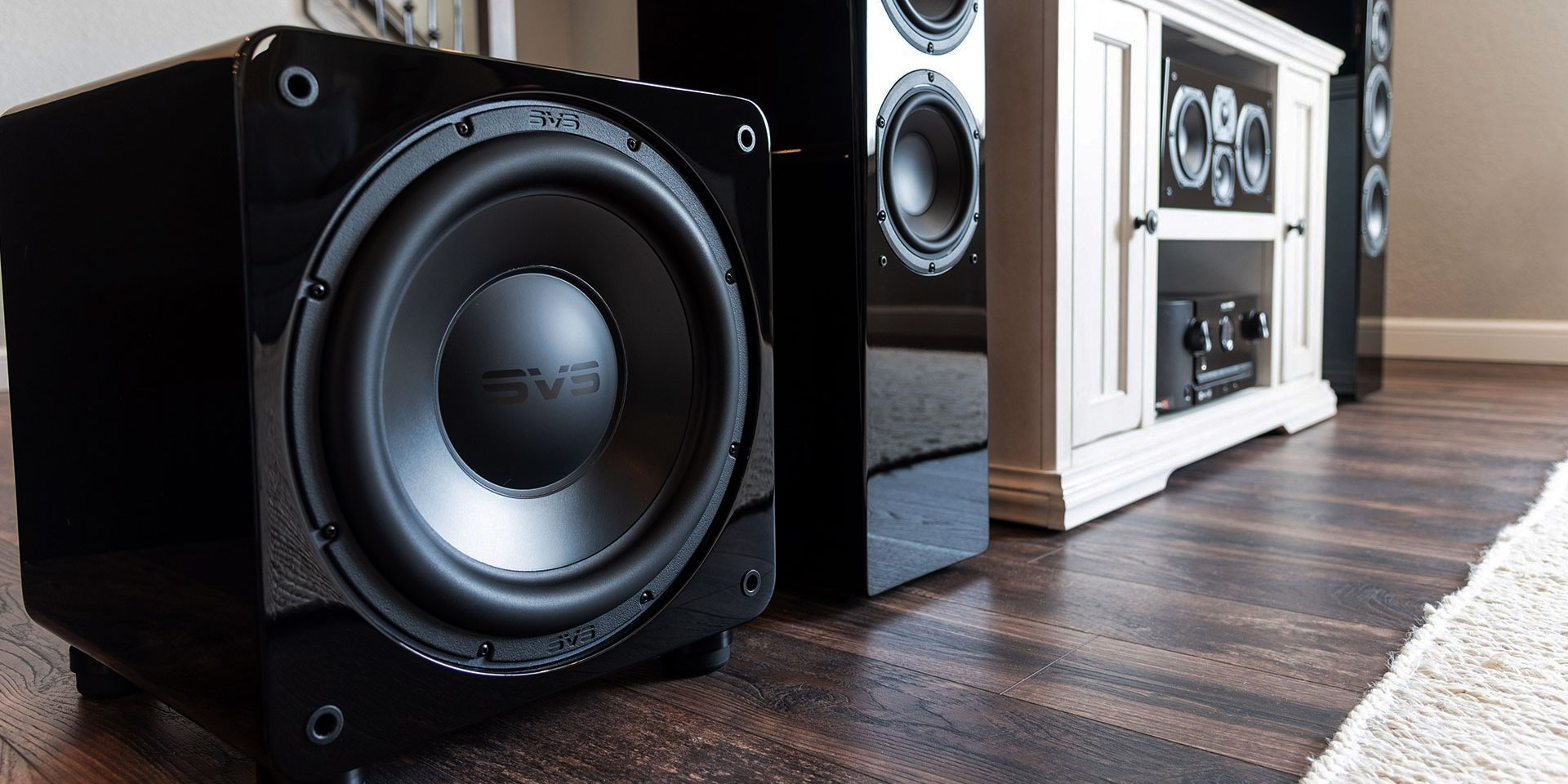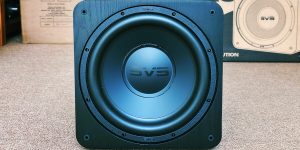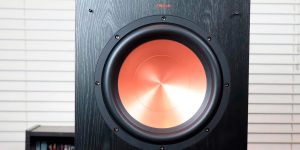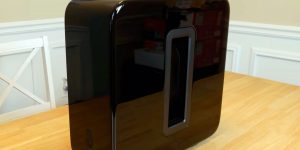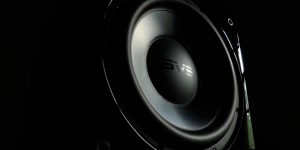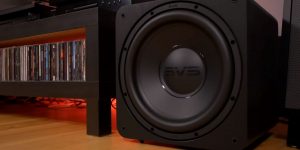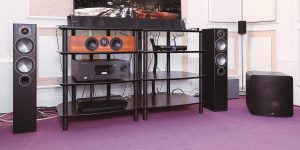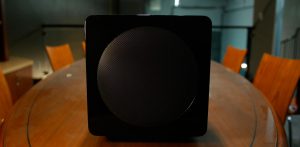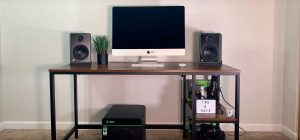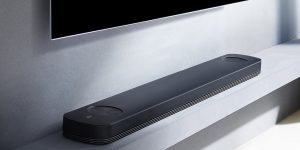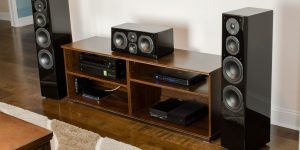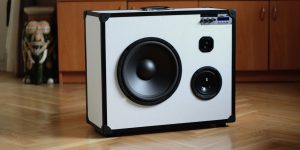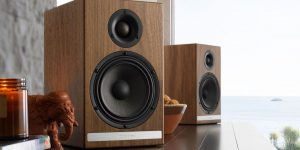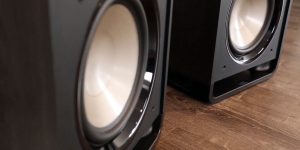If you are wondering how to connect a subwoofer to a receiver, then you have chosen the right article to read. In this guide, we will consider all the nuances of connecting this device.
Many think that the front speakers are the centerpiece of the system bringing the most enjoyable sound experience. But don’t underestimate the role of the subwoofer. It is the basis that creates the foundation for a great listening experience.
That’s why it’s important to connect it correctly to use your audio equipment to the fullest.
Subwoofer connection types
Several methods of connecting subwoofers to receivers exist.
Specification of your devices and the type of media you will listen to influence the connection type it is mandatory to choose. For example, many subwoofers support multiple connection types, while others have only one.
Let’s look at each of them in more detail.
Connection using the LFE subwoofer output
This method is preferable for hooking up a subwoofer, and we will give you some proof of this.
Modern movie formats designed for the ultimate user experience at home contain a separate audio track for low-frequency effects called LFE. When playing such a media file, the amplifier directs these sounds to a device that reproduces them perfectly because this is its direct purpose. This is the subwoofer. If it is absent, then this sound stream will go to ordinary speakers. Most likely, the film will still be watchable, but the effect will not be so amazing, and there will not be such an immersive atmosphere.
But this type of connection can work fine not only on films with an LFE track, thanks to the settings of the receiver. It is possible to turn on bass management and specify the level of frequency below which sounds will go to the subwoofer. You can also individually adjust this level for each speaker. Thus, you will make your equipment produce the maximum effect. If you do everything correctly and use the settings right, the result will fascinate you.
This matter of connection in this way is quite elementary. It will not be difficult to master even for a beginner in this matter. For the beginning, you should buy an LFE wire. After unpacking it – insert it into the specific output for sub on the receiver. The next step you should take is to connect the opposite side directly to the subwoofer. Most often, you will find an LFE terminal on the back of the device, of course, if the manufacturer has installed it.
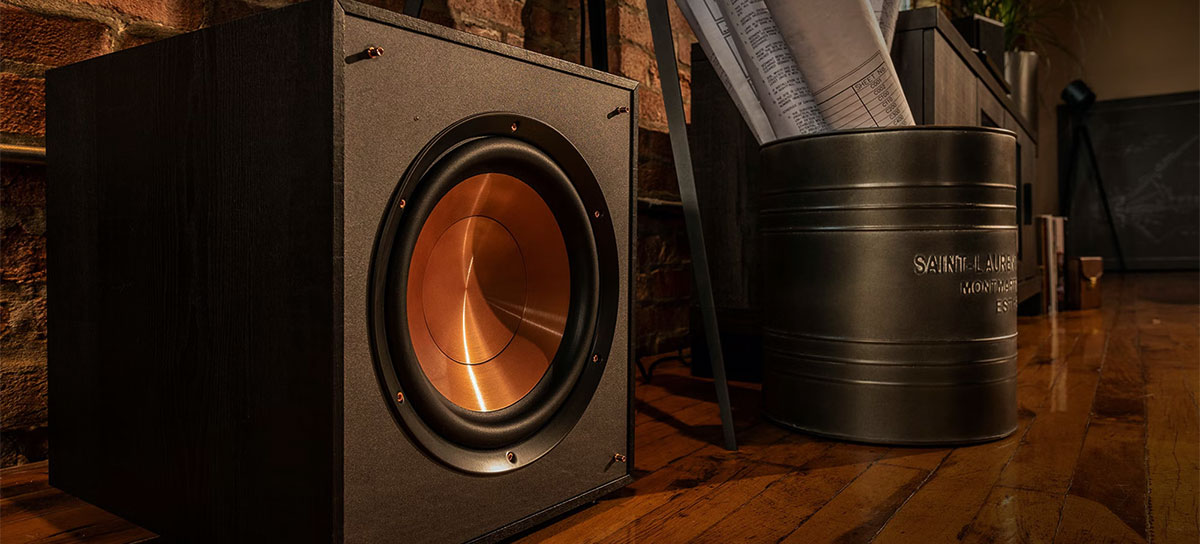
Connection using stereo RCA or speaker level outputs
This home theater subwoofer wiring type is famous among the owners of receivers that have no special output for sub. Some models also may not have an LFE input but do have stereo jacks. Then this method is also suitable for you.
Many music lovers prefer to use this connection even if their receiver supports LFE technology. In some cases, this provides livelier music. Then they connect the receiver via the LFE cable to watch movies. When they’d like to listen to music, they change the connection.
RCA cables are ideal to use if both your devices support this format. First, put the wire to the suitable input of the sub. If the cable has 2 channels, you should connect it to the R and L ports. The next step is to join the cable to the same-named ports on the receiver.
You should take into account that this method has its own advantages. For example, it avoids problems in low and medium-frequency reproduction. This happens because the same signal passes from the receiver to the speakers and sub with the same sound signature.
Connection a subwoofer with a speaker wire
If your sub’s input is spring clips, then it’s worth using the speaker wire and speaker output on the receiver for connection establishment. Thus, the whole process will be exactly the same as when connecting speakers.
Please note that if the subwoofer has 2 sets of spring clips, your next step is to connect the speakers to it in the output port. Then the sound from the receiver will primarily pass to the subwoofer, and then it will spread to other speakers.
Before turning on the system, you ought to make sure that everything is done correctly. If you made no mistakes, proceed to the subwoofer settings. They allow you to mix its sound with the front pair of speakers in the direction you wish.
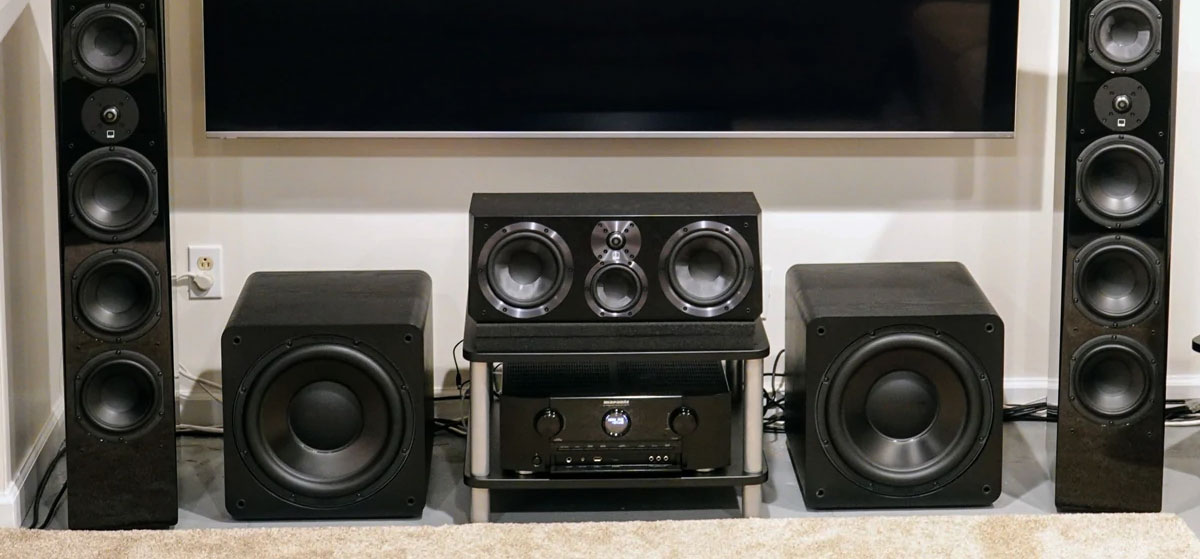
Wireless subwoofer connection
When connecting a subwoofer, many face the inconvenience of laying long cables.
The fact is that the sub rarely stands next to the amplifier. In search of the best bass sound, people often move it around the area, and the optimal placement can be quite far from the receiver. In such a situation, you may need very long wires, which complicates the whole installation process. First, a cable that is too long can cause interference and result in poor sound quality. In addition, such a cable is quite difficult to hide, and a room with a sound system will look untidy.
A wireless connection would be an excellent solution if you faced such an issue.
It is possible to do using an audio adapter or a wireless subwoofer. Manufacturers usually complete it with two modules. The first is connected to the receiver and the second – to the subwoofer. If you do everything right, then both modules form a stable connection that will allow you to transmit a first-rate signal indistinguishable from a conventional wired one.
It is an indispensable condition to attach the adapter modules to a power source. Usually, they come with USB power supplies. Modern subwoofers often also have USB inputs for connecting such units.
How to connect two subwoofers to one receiver
For most medium-sized places, a home theater with one subwoofer will do, however sometimes adding one more will significantly improve the picture.
Low sound frequencies have a longer wavelength, which can create inconveniences in some spaces. The sound may be unbalanced.
Joining one more sub will help solve the situation. This move will help even out the bass throughout the space delivering an equally enjoyable sound to every listener. It will also help to remove areas of dips or peaks in the room, distributing the bass evenly throughout your place.
Let’s move on and take a closer look at how to implement this.
Connection with dual subwoofer outputs on the receiver
This method is suitable if your receiver supports it. Most modern devices have 2 subwoofer ports, and then the connection will be a very easy task.
The only thing you have to remember is to put two independent wires from the subs to the corresponding input slots on the receiver. It’s as simple as possible, isn’t it?
Most amps will provide the identical signal to both subwoofers, which limits your setup a bit. You can purchase a higher-end device that has a separate flow for each output for better results. This will allow you to adjust each of the subs separately and significantly improve the bass harmony in the area.
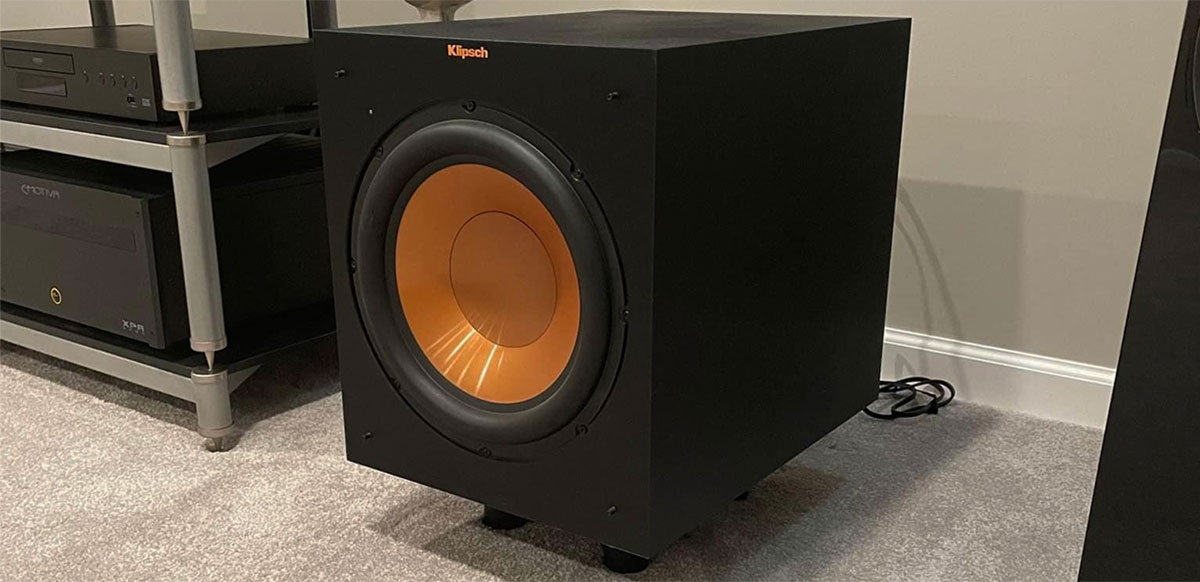
Connection with RCA Y-adapter
If your amplifier has only one subwoofer output, there is also a solution for connecting 2 at once. RCA Y-cable or adapter will become indispensable assistants to solve this problem.
The RCA Y-cable has 1 connector on one end and 2 on the opposite side. Such its design lets you use it for a receiver and two sound devices simultaneously. But this scheme may not always be acceptable to you. There are situations where you have to place the speakers quite far from each other, and the lengths of the cable will not be enough.
Then it is advisable to use an RCA Y-adapter. Among its benefits, we can highlight that it does not limit you to the cable length that the manufacturers set. You can purchase and use two cables of the length that will be most convenient for your area together with it.
Subwoofer placement tips
The low-frequency bass waves are much less directional than the high frequencies of conventional speakers. Therefore, we do not determine the location of their source so well.
Because of this, many people install the subwoofer on a “where there’s free space” basis. This is not so critical, but to improve the sound quality, it would be great if you follow some basic tricks:
- Try placing the sub in the corner. Such an idea helps reflect the sound waves directly to the position where you are.
- Experiment with placement. Play bass music or a movie, and then check the sound from different subwoofer locations from your listening position. Eventually, you will detect the perfect spot.
- Adhere to the crawling method. It consists in crawling around the location moving your subwoofer to determine the best possible sounding point.

